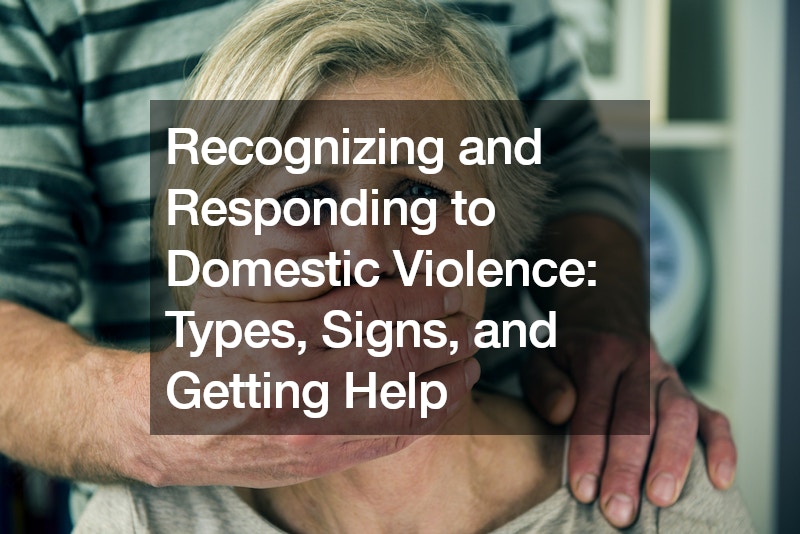Domestic violence shatters lives. It’s a widespread issue impacting individuals of all backgrounds in intimate relationships. While violence might be the first image that comes to mind, domestic violence encompasses a much broader spectrum of abuse.
This abuse can be physical, including hitting, shoving, or choking. It can be emotional or psychological, involving threats, humiliation, or controlling behavior.
Sexual violence and economic abuse, like denying access to money, are also forms of domestic violence.
The abuser’s goal is to exert power and control over the victim. This control can manifest in isolating the victim from friends and family, monitoring their movements, or dictating their choices.
Recognizing the signs of domestic violence is crucial. Physical injuries are a clear indicator, but victims often try to hide them. Be aware of emotional changes too. Withdrawal, depression, and anxiety can all be signs of abuse.
If you suspect domestic violence, the most important step is to encourage the victim to seek safety. A criminal lawyer can advise on legal options, including restraining orders to keep the abuser at bay. Shelters and crisis hotlines offer immediate support and resources.
Remember, the victim doesn’t have to navigate this alone. There are people who care and want to help. A criminal lawyer can advocate for the victim’s safety and potentially pursue charges against the abuser. Additionally, mental health professionals can provide crucial support as the victim heals from the trauma.
Domestic violence is a serious issue, but there is help available. By recognizing the signs and encouraging those experiencing abuse to seek support, we can work together to create safer and healthier relationships.
.







